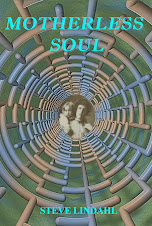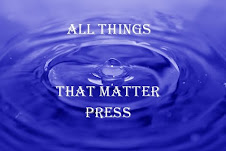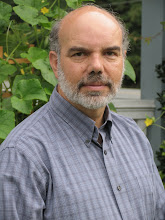 A Stone for Bread by Miriam Herin
A Stone for Bread by Miriam HerinMy rating: 5 of 5 stars
Authors who choose to write novels set during the Holocaust have to be exceptionally creative because it is a period of history that has been covered so often. I believe this is one of the reasons we have so many great Holocaust novels. Two of my favorites are Sophie's Choice and Sarah's Key. Now I have a third.
A Stone for Bread by Miriam Herin has three main settings: rural North Carolina during the present time, France during the post World War II era, and Mauthausen, a Nazi labor camp located in Austria during the war.
The book starts with the story of a tragic accident in 1917 when a young French boy does something that leads to the death of his brother. Following that opening, the novel jumps to present day North Carolina when Rachel Singer, a young assistant at a PBS station, is approached by Scott Trevelian, a producer at the same station. Scott asks her for help on a documentary he's planning about Henry Beam, a poet and former member faculty at Duke University. Henry had been involved in a publishing scandal years earlier.
When I think of a writing scandal, I think of stealing someone else's words. This was the opposite of plagiarism. Henry had been accused of publishing his own work, but claiming the poems had been written by a camp survivor, for dramatic effect and for the money that comes with the drama.
Scott doesn't get much from Henry for his documentary, but the poet takes a shine to Rachel. The rest of the novel is Henry's story alongside the stories of two other men, the boy at the novel's start when he is a grown man and a charismatic French politician. The majority of the book is about these three, interwoven lives.
Herin's writing is beautiful. Her word choice is perfect and she handles a complex plot in a way that consistently draws the reader in, revealing the important elements slowly and carefully.
One side note that some readers might find interesting. At one point in A Stone for Bread two of the characters talk about their favorite classic books. These are The Great Gatsby and To the Lighthouse. I have read the former, but never read any Virginia Woolf. So I've started her novel. I believe this is the first time I've taken a book recommendation from a character in another novel. Maybe that shows how much I liked this book.
Steve Lindahl – author of Motherless Soul and White Horse Regressions
View all my reviews









